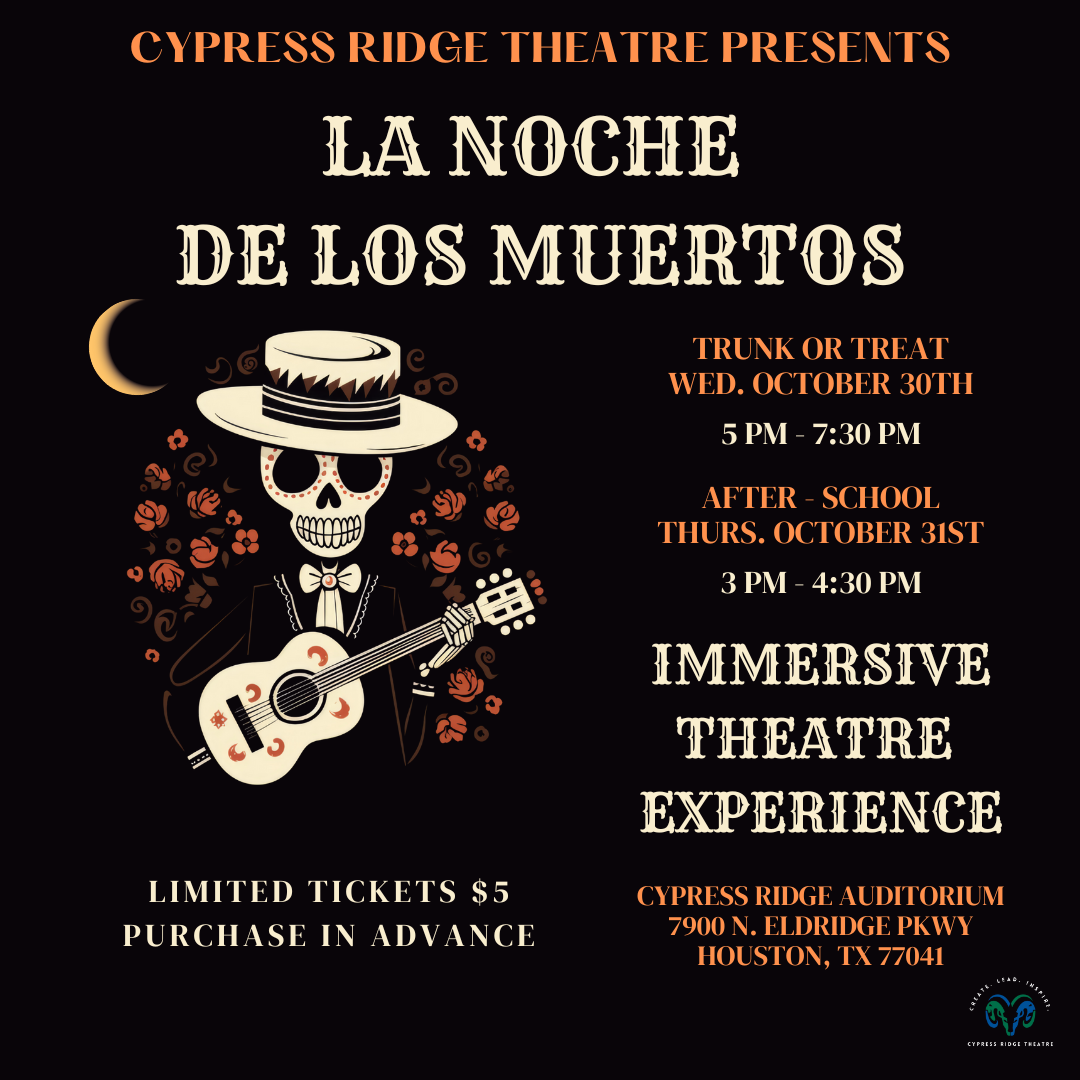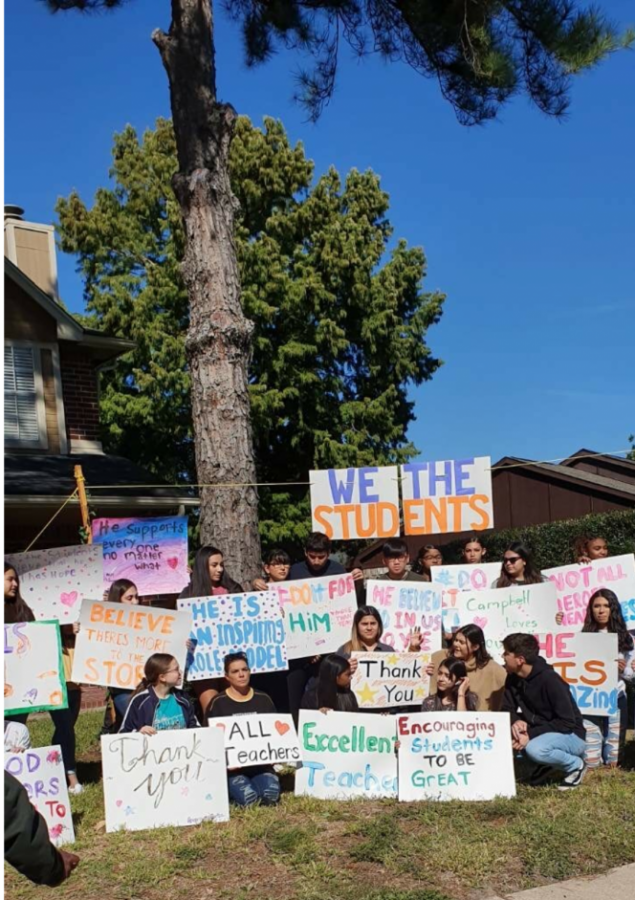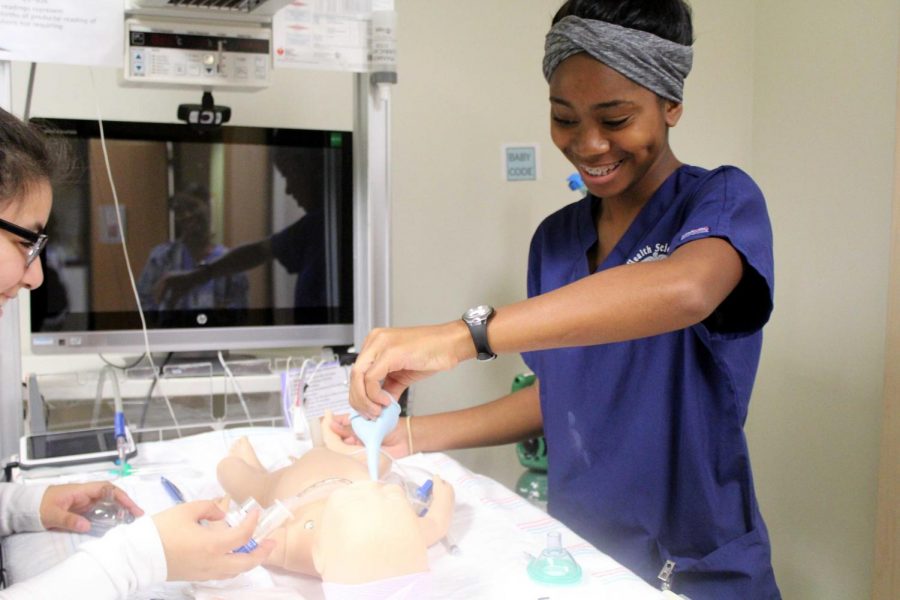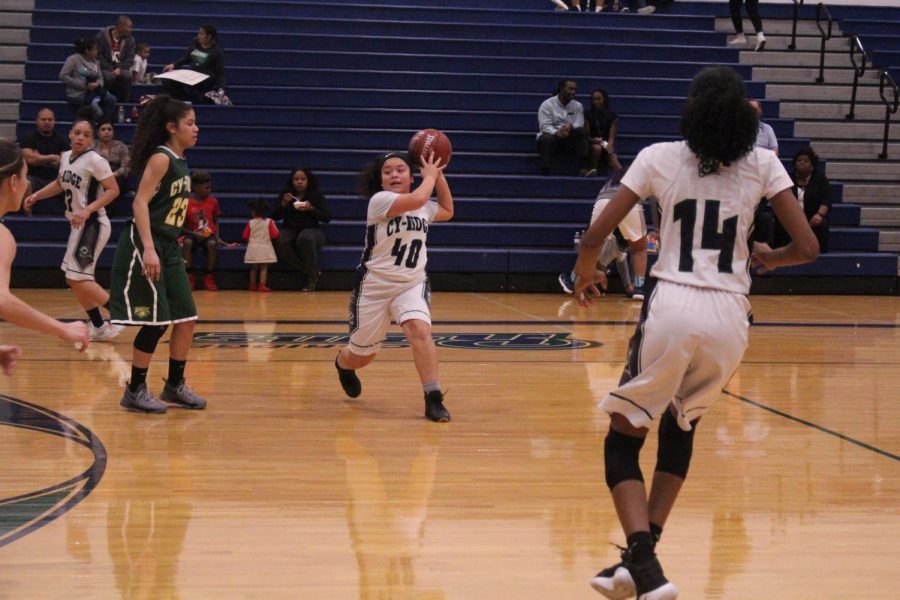Making a Interstellar Impression
Fashion students in the NASA HUNCH program create products to be used in space.
March 17, 2017
HUNCH program fashion design students got the chance to sign a space-bound single stowage locker on Thursday, March 2, 2017.
“Three of my original students that worked on the sleeping bag liners last year and last summer had the opportunity to sign a locker cube. Their names and the [locker] will be sent up to the International Space Station,” Maureen Thomas, fashion design teacher, said.
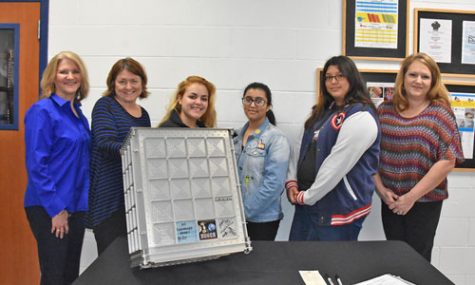
The sleeping bags, medical, biological and other hardware the students created will be used by the International Space Station (ISS) crew.
Senior Madelyn Flores, one of the selected students to sign the locker, shares her appreciation for it all,
“This being my second year working with NASA on the HUNCH program, I’m really glad I was given this opportunity. I never thought I would be working with NASA,” Flores said.
And although some might think it is simple enough to sew sleeping bags or maybe even put the metal together to create the lockers, it is a very tedious and task.
“We get out all the materials and fabric we will need and put it together. There is a specific way to sew everything so we have to be very careful, because the fabric is so fragile,” Flores said.
The fashion design team working on the bags have completed 15 sleeping bag liners with another 10 soon to be added along with them in the shipment to ISS.
The selected students for this program have a great appreciation of the opportunity given to them, knowing that this is a once in a lifetime chance.
“I was excited. It’s not every day that you get told your name is going to be in space,” Flores said. “When I was first told we were going to work with NASA I was excited and nervous. I feel fortunate for being a part of this program.”
The shipment with all the supplies the students have worked on could launch sometime this year.
Getting its first start in 2003 the NASA HUNCH (High School Students United with NASA to Create Hardware) program, originally started by NASA Project Manager Stacy Hale, was designed to give high school students the opportunity to create hardware for NASA with the goal of giving students real world experience and the hope that one day they too will want to pursue careers in science, technology, engineering and mathematics (STEM) areas of education.




